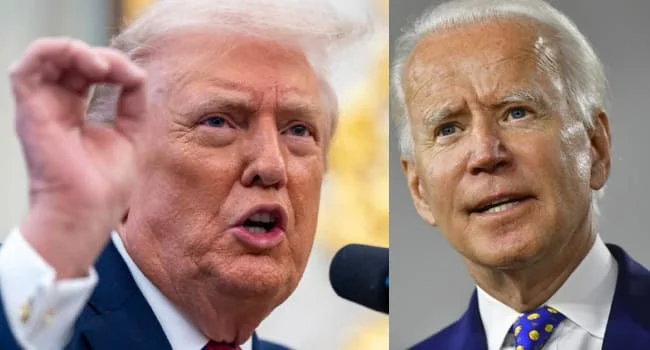African writers are increasingly embracing indigenous languages in literature to promote linguistic diversity and cultural heritage. This article explores how African languages enrich global literature, with examples of multilingual storytelling and translation efforts.
Ngũgĩ wa Thiong’o’s Use of Gikuyu
Kenyan writer Ngũgĩ wa Thiong’o pioneered the use of indigenous languages in modern African literature. His novel Devil on the Cross, written in Gikuyu, symbolizes the rejection of colonial influence. It has since been translated into multiple languages, making it accessible to a global audience.
Blending Languages: Tendai Huchu’s Example
Zimbabwean author Tendai Huchu’s novel The Hairdresser of Harare is a multilingual masterpiece that reflects Zimbabwe’s linguistic diversity. It combines English and Shona, showing how language can enhance storytelling and connect readers with the cultural context.
Translation Initiatives
Translation projects, such as the African Languages and Translation Program by the African Studies Association, aim to make African literature accessible to non-African readers. Books like The Palm-Wine Drinkard by Amos Tutuola, originally written in Pidgin English, have been widely translated and celebrated internationally.
Conclusion
The use of African languages in literature enriches global storytelling by preserving cultural identities and offering new linguistic experiences. As more writers embrace indigenous languages, readers worldwide benefit from more diverse narratives.






















